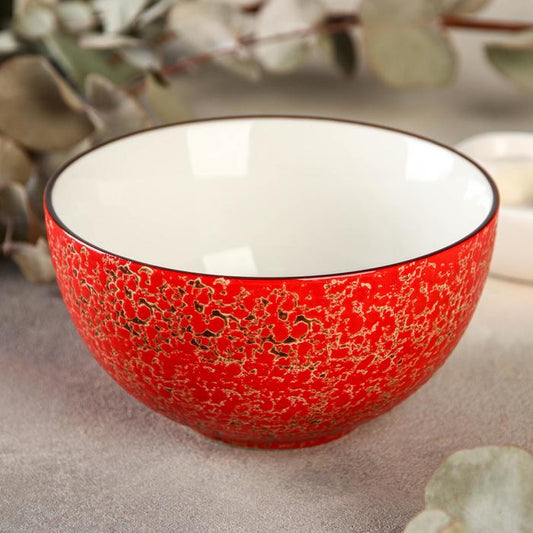From Seed to Spoon: How Zero-Waste Cooking Is Creating Richer, More Flavorful Meals

In a culinary world where flavor and sustainability are no longer separate goals, zero-waste cooking is reshaping how we approach every ingredient. It’s not just a trend—it’s a flavorful philosophy that turns kitchen scraps into culinary gold, reduces food waste, and respects every ounce of the effort that goes into growing our food.
What Is Zero-Waste Cooking?
Zero-waste cooking is about using every part of your ingredients—skins, stems, peels, bones, and even liquids—so nothing ends up in the trash unnecessarily. It's a practice rooted in traditional cooking methods from around the globe, but modernized with a creative, often gourmet twist.
Why It Matters Now
As global concerns about climate change and food scarcity rise, chefs and home cooks alike are looking for ways to reduce their footprint. Cooking without waste isn’t just good for the planet—it’s good for your palate. It forces innovation, deepens appreciation for ingredients, and can lead to surprising new flavors and textures.
Flavor First: How Scraps Become Stars
- Vegetable scraps → Umami-rich broths or crispy chips
- Citrus peels → Zesty marmalades or cocktail garnishes
- Stale bread → Croutons, bread pudding, or stuffing
- Meat bones → Rich, collagen-packed stock
Take cauliflower, for example. Instead of discarding the leaves and stem, roast them alongside the florets for a dish that balances texture and intensity. Or consider carrot tops—perfect for a peppery pesto.
Tools of the Trade
To embrace zero-waste cooking, invest in tools that help you transform scraps:
- A blender or food processor for turning peels into sauces
- A dehydrator or oven for making chips or powders
- A fine mesh strainer for silky soups and clarified broths
Inspiring Zero-Waste Dishes
- Roasted Vegetable Broth from peels and stems
- Beet Stem Stir-Fry with ginger and sesame
- Banana Peel Chutney with mustard seeds and chili
- Carrot Top Pesto over whole grain pasta
The Cultural Connection
Zero-waste isn’t new—many cuisines have long embraced full-ingredient cooking. Italian minestrone, Chinese bone broths, and Ethiopian injera made from fermentation byproducts all reflect a deep-rooted appreciation for mindful use of ingredients. The modern chef is simply rediscovering and remixing this ancient wisdom.
A Delicious Future
As we move toward more sustainable dining, zero-waste cooking offers a flavorful, fulfilling path forward. It’s not about sacrifice—it’s about unlocking the hidden potential in the overlooked. From seed to spoon, every part of the journey counts, and every bite can be a bold step toward a more responsible table.
Ready to start? Your compost bin just might hold the secret to your next signature dish.
Share:





